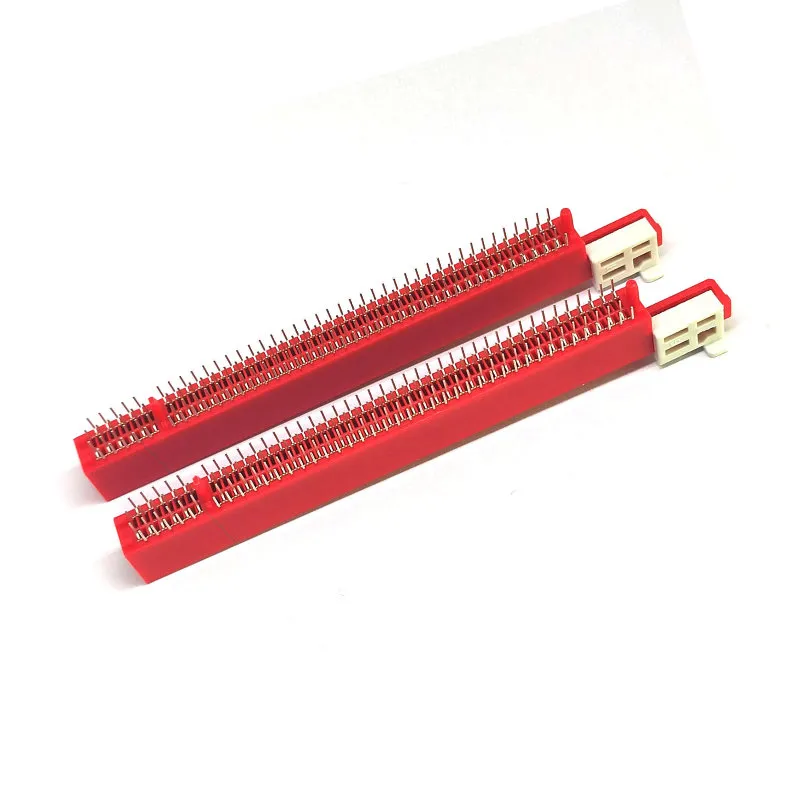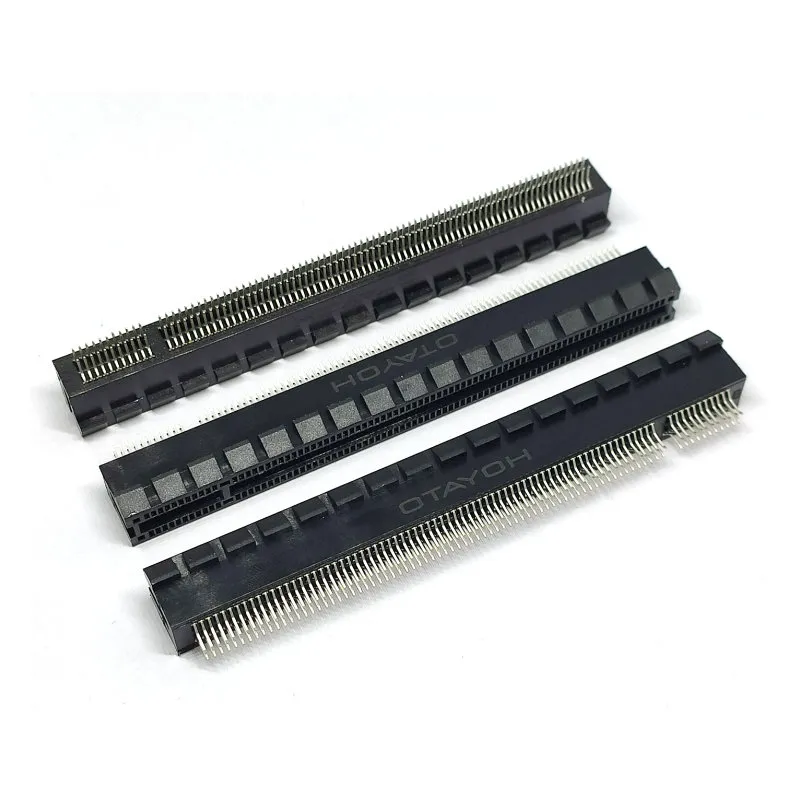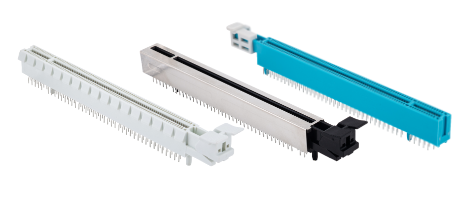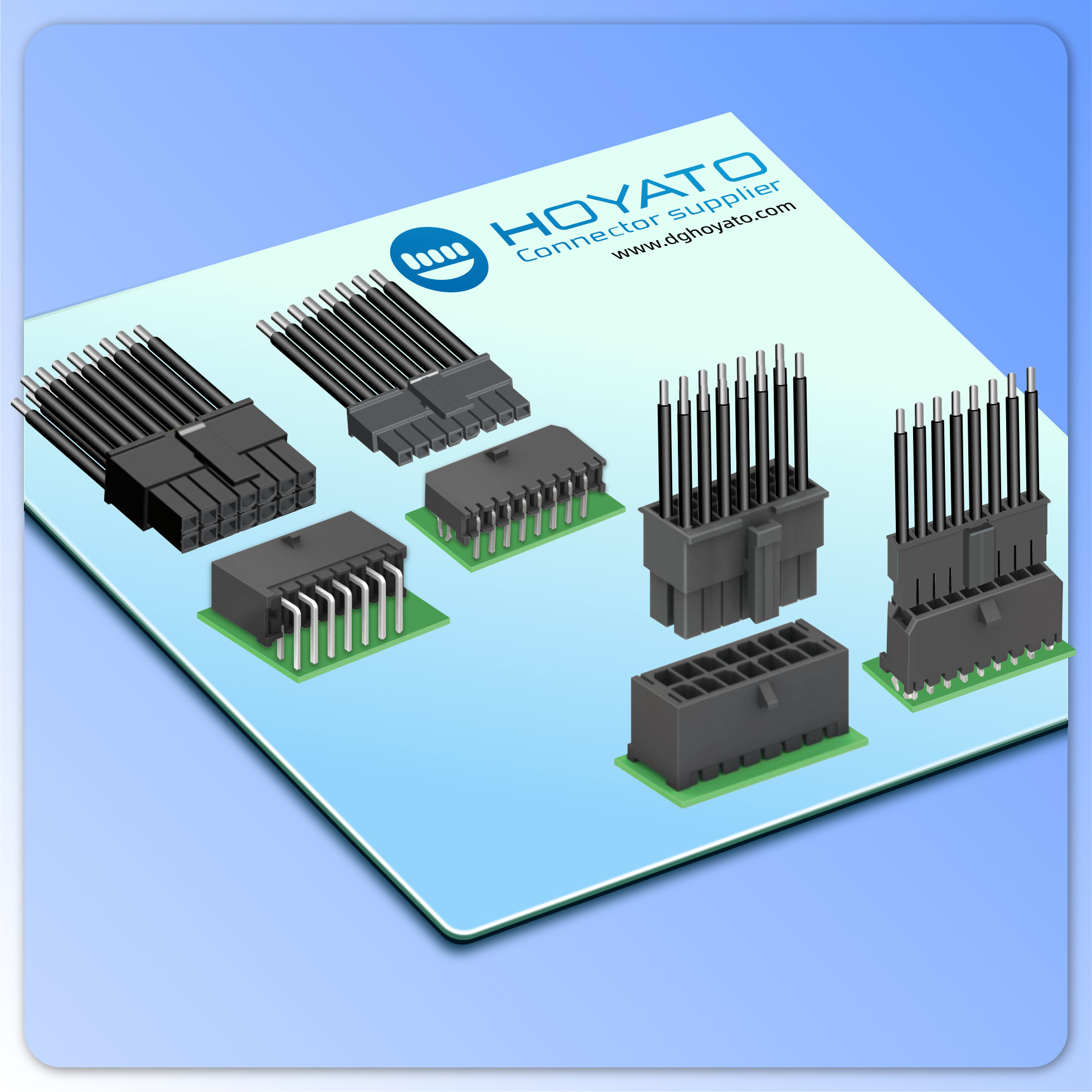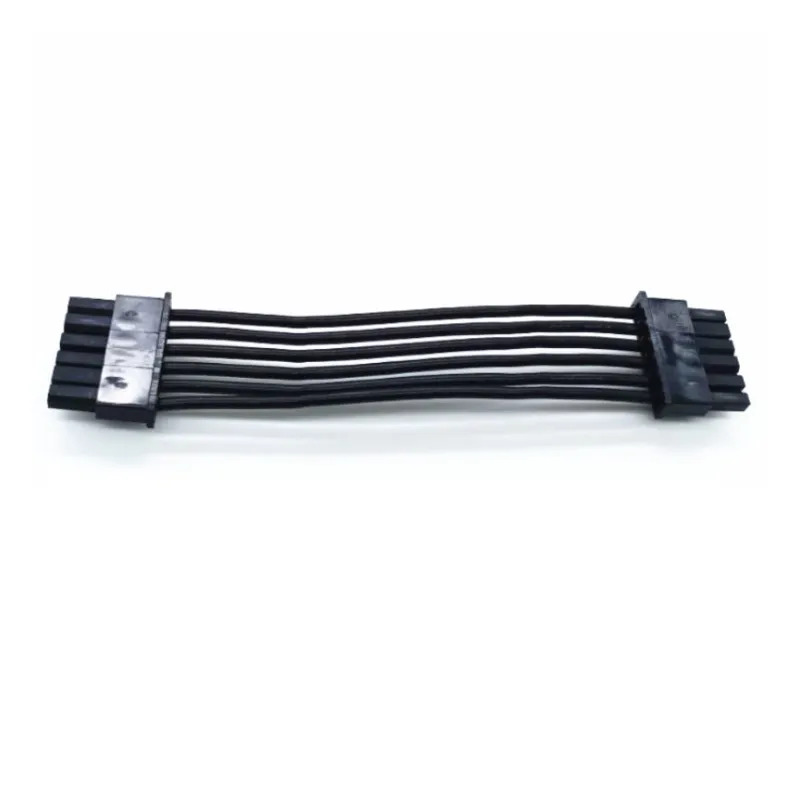Home > Blog
-
Материалы и процессы, используемые для производства соединителей с картонной кромкой, оказывают непосредственное влияние на их производительность. Выбор материала позволяет сбалансировать стоимость и производительность, а точность производственного процесса определяет надежность конечного продукта. В высокопроизводительных приложениях, таких как высокоскоростная связь или промышленная автоматизация, предпочтительны клеммы из медных сплавов с золотым покрытием, в то время как в сценариях, требующих больших затрат, лучшим выбором может быть оловянное покрытие и базовый пластик.PCIExpress Explore high-speed connectivity solutions, including PCIe 5.0 slots, card edge connectors, PCIe sockets, and PCI Express 7.0 components, at dghoyato.com.
-
カードエッジコネクターの製造に使用される材料と工程は、その性能に直接影響します。 材料の選択はコストと性能のバランスであり、製造工程の精度は最終製品の信頼性を決定する。 高速通信や産業オートメーションのような高性能アプリケーションでは、金メッキを施した銅合金端子が好まれますが、コスト重視のシナリオでは、錫メッキや基本的なプラスチックがより良い選択となるかもしれません。PCIExpress Explore high-speed connectivity solutions, including PCIe 5.0 slots, card edge connectors, PCIe sockets, and PCI Express 7.0 components, at dghoyato.com.
-
The Card Edge Connector typically consists of the following components: -Substrate material (Housing): Provides mechanical strength and electrical insulation. - Contacts: Used to transmit electrical signals. - Plating: Protects the contact surfaces and enhances performance. PCIExpress Explore high-speed connectivity solutions, including PCIe 5.0 slots, card edge connectors, PCIe sockets, and PCI Express 7.0 components, at dghoyato.com.
-
고전류 전달 용량과 저저항 설계의 결합을 통해 Molex MicroFit 3.0은 장치의 에너지 효율을 최적화할 뿐만 아니라 시스템 설계를 간소화합니다. 고전력, 소형화 및 높은 신뢰성이 요구되는 시나리오에서 엔지니어에게 유지 보수 및 교체 빈도를 줄이면서 신뢰할 수 있는 솔루션을 제공합니다. Molex MicroFit 3.0은 뛰어난 전기적 성능, 광범위한 적용 가능성 및 고품질 구조 설계 덕분에 최신 전자 시스템의 효율적인 작동을 위한 기반을 제공하는 전자 연결 기술의 모범적인 예입니다.
-
Durch die Kombination von hoher Strombelastbarkeit und niedrigem Widerstand optimiert Molex MicroFit 3.0 nicht nur die Energieeffizienz von Geräten, sondern vereinfacht auch das Systemdesign. In Szenarien, in denen hohe Leistung, Miniaturisierung und hohe Zuverlässigkeit erforderlich sind, bietet es Ingenieuren eine zuverlässige Lösung und reduziert gleichzeitig die Wartungs- und Austauschhäufigkeit.
-
Molex MicroFit 3.0 est un exemple de technologie de connexion électronique qui constitue la base du fonctionnement efficace des systèmes électroniques modernes grâce à ses performances électriques supérieures, à sa large applicabilité et à la qualité de sa conception.
-
現代の電子機器は小型化し、効率が向上しているため、コネクターに対する要求も高くなっています。モレックスのMicroFit 3.0シリーズは、優れた電気的性能により、高性能アプリケーションに最適です。 高い通電容量と低抵抗の接続を特徴とし、革新的な設計と高品質の素材により、要求の厳しい電気環境に信頼性の高いソリューションを提供します。 この組み合わせは、電力集約型デバイスのニーズを満たすだけでなく、エレクトロニクス業界を進歩させます。
-
As modern electronic devices become smaller and more efficient, higher demands are placed on connectors, and the Molex MicroFit 3.0 series is the preferred choice for high-performance applications due to its superior electrical performance. Featuring high current carrying capacity and low resistance connections, it provides a reliable solution for demanding electrical environments through innovative design and quality materials.
